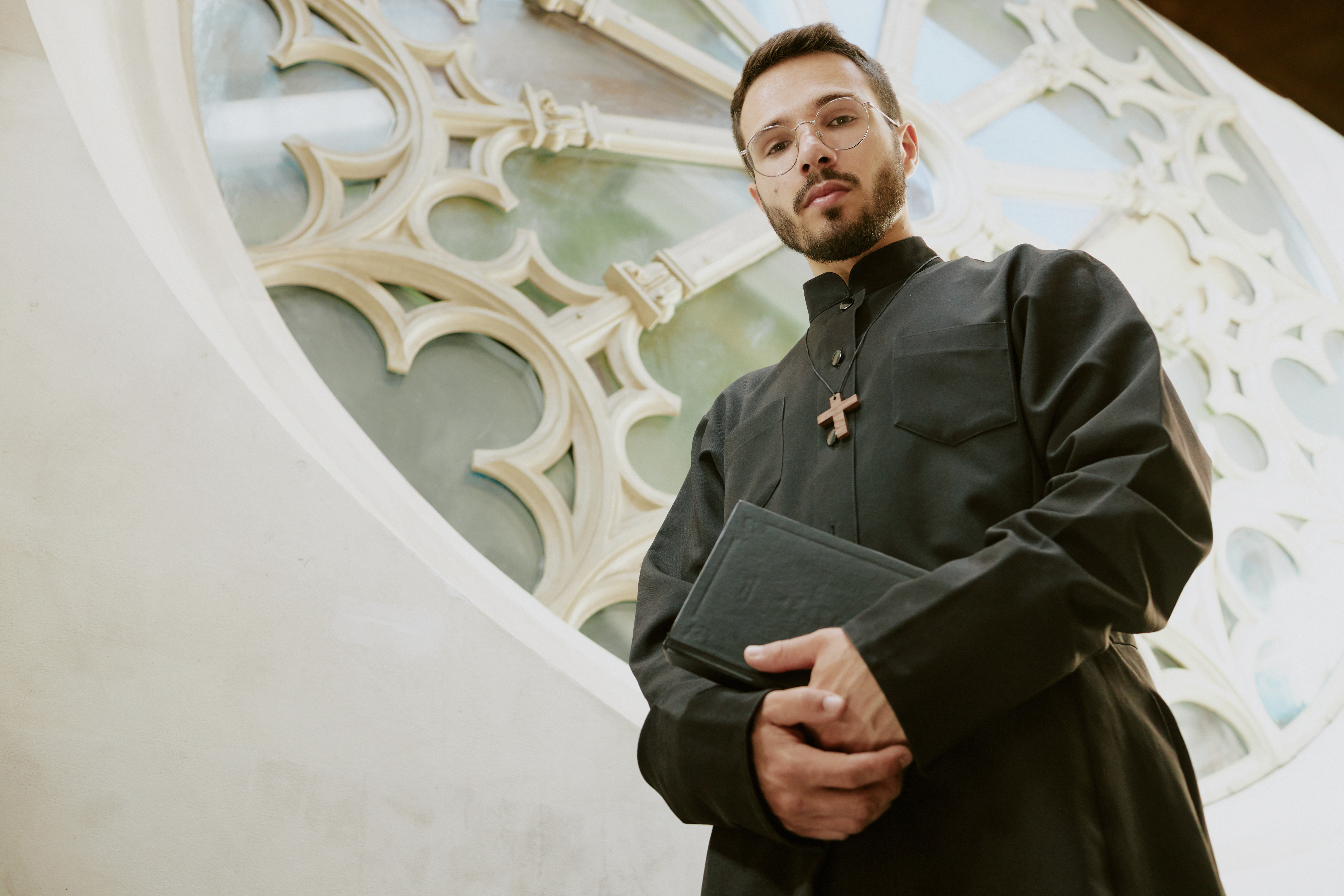How to Become a Priest: A Complete Guide

Becoming a priest is a life-changing decision that requires faith, patience, and dedication. Many people who feel called to serve God wonder how to become a priest and what the process involves. This guide walks through the steps, explains how long does it take to become a priest, and highlights the specific path of how to become a catholic priest.
Understanding the Call
The first step in learning how to become a priest is discerning your vocation. A vocation is more than a career — it is a calling from God. Discernment often comes through prayer, reflection, spiritual direction, and active involvement in parish life.
- A desire to serve others spiritually and pastorally.
- A consistent pull toward prayer, Scripture, and the sacraments.
- Encouragement from pastors, mentors, and your community.
Educational & Formation Path
A priest is expected to be spiritually mature and academically prepared. Most dioceses require studies in philosophy and theology, paired with pastoral training.
Standard Academic Route
- Undergraduate Degree — typically philosophy, theology, or liberal arts.
- Seminary Formation — philosophy (if needed) and advanced theology.
- Pastoral Practice — internships, parish placements, or chaplaincy.
How Long Does It Take to Become a Priest?
The full journey varies based on prior education and diocesan norms, but most candidates spend several years in preparation. If you are asking how long does it take to become a priest, this overview helps set expectations:
| Step | Average Duration | Notes |
|---|---|---|
| Undergraduate degree | ~4 years | Philosophy or related field |
| Seminary philosophy (if needed) | ~2 years | Sometimes integrated with bachelor’s |
| Seminary theology | ~4 years | Dogma, Scripture, liturgy, canon law, homiletics |
| Transitional diaconate | ~1 year | Precedes priestly ordination |
Total: Typically 7–10 years. Some paths are shorter for candidates with prior relevant degrees; others are longer when additional formation is needed.
How to Become a Catholic Priest: Step-by-Step
If your call is within the Catholic Church, the process of how to become a catholic priest is structured and pastoral:
Initial sense of vocation; talk to your pastor.
Prayer, retreats, and spiritual direction.
Philosophy & theology, human & pastoral formation.
Transitional deacon ministry and service.
Bishop ordains; priestly ministry begins.
Formation shapes the whole person — spiritually, intellectually, pastorally, and humanly — so that a priest can serve with wisdom, humility, and charity.
Inside Seminary Life
Seminary is not just a school; it is a community of prayer and growth. Days often include the Liturgy of the Hours, daily Mass, classes, supervised ministry, and spiritual direction.
- Prayer & Sacraments: Daily rhythms that center the vocation.
- Study: Scripture, theology, liturgy, moral theology, Church history.
- Pastoral Work: Parish assignments, hospital visits, youth ministry.
Rewards & Sacrifices
The commitments are real — celibacy, obedience, and service. The rewards are profound: helping people meet God in the sacraments, preaching the Gospel, and accompanying souls in every season of life.
Diocesan vs. Religious Orders
Not every path is diocesan. Religious orders (e.g., Jesuits, Franciscans, Dominicans) have distinct charisms — education, missionary work, or community life. The core question is where your gifts and the Church’s needs best meet.
Getting Started Today
If you feel called and want a next step on how to become a priest:
- Speak with your parish priest or vocation director.
- Begin regular spiritual direction and daily prayer.
- Visit a seminary; attend a discernment retreat.
- Gather transcripts and references; start the application.
With patient discernment and faithful formation, anyone sincerely called can take the next step toward priesthood with peace and clarity.